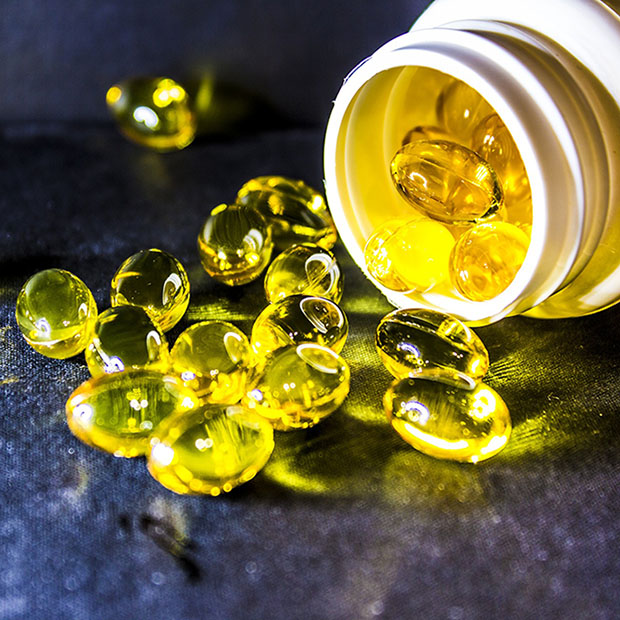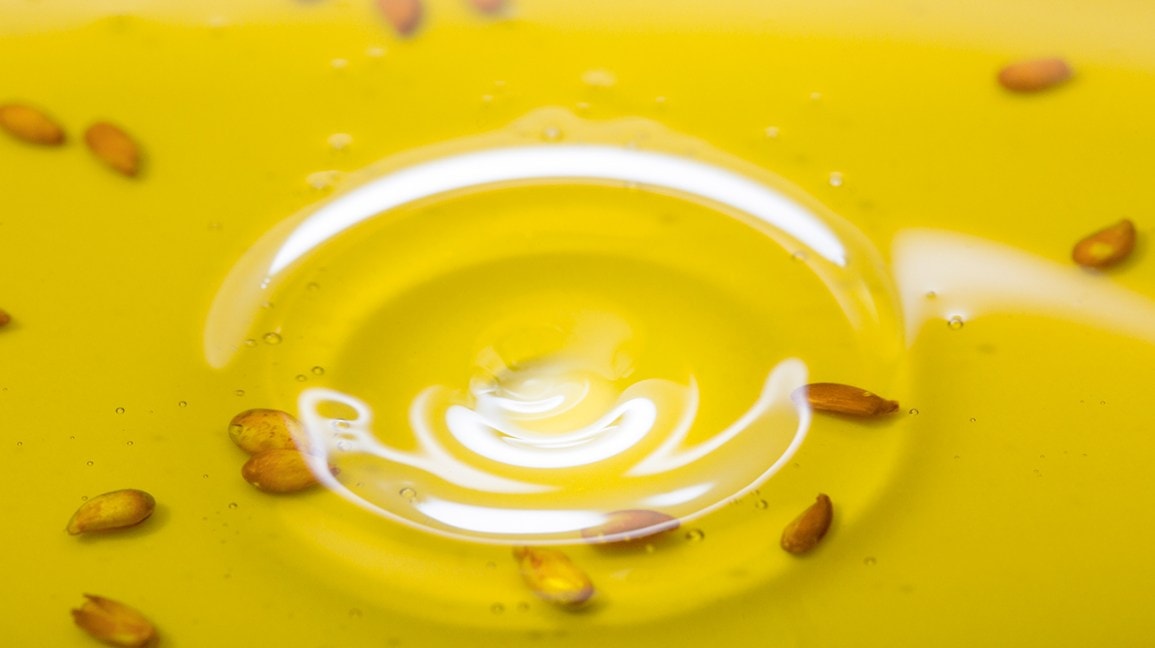Flaxseed oil has been used for centuries as a natural remedy for a variety of ailments. Recently, it has gained popularity as a treatment for dry eyes. When applied to the eye, flaxseed oil helps to lubricate and protect the delicate eye tissue.
It also has anti-inflammatory properties that can help to reduce irritation and inflammation associated with dry eyes.
- Start with clean hands and a clean face
- Wash your hands thoroughly with soap and water to remove any dirt or bacteria
- Using a cotton ball or pad, apply a small amount of flaxseed oil to the affected area around your eyes
- Gently massage the oil into your skin in a circular motion for 1-2 minutes
- Allow the oil to soak into your skin for 10-15 minutes before rinsing it off with warm water
How Much Flaxseed Oil Per Day for Dry Eyes
If you are looking for a natural way to treat your dry eyes, you may want to consider using flaxseed oil. This oil is rich in omega-3 fatty acids, which are known to be beneficial for eye health. Several studies have shown that flaxseed oil can help to reduce symptoms of dry eye syndrome, including inflammation and redness.
The recommended dosage of flaxseed oil for treating dry eyes is 1-2 grams per day. You can take this amount in capsules or add it to your food. It is important to start with a lower dose and increase gradually as tolerated.
If you experience any side effects, such as gastrointestinal upset, stop taking the oil and consult your doctor.

Credit: naceyes.com
Can I Put Flaxseed Oil Directly in My Eyes?
There are a lot of myths and misinformation out there about flaxseed oil, and one of the most common questions we get is whether or not it’s safe to put flaxseed oil directly in your eyes. The answer is a resounding no! Flaxseed oil is not meant to be applied directly to the eye, as it can cause irritation and even infection.
If you’re looking for an all-natural way to improve your eye health, we recommend taking flaxseed oil orally in capsule form or adding it to your diet.
Is Fish Oil Or Flaxseed Oil Better for Dry Eyes?
There are a few things to consider when trying to determine if fish oil or flaxseed oil is better for dry eyes. The first is the omega-3 content in each type of oil. Both fish oil and flaxseed oil contain omega-3 fatty acids, but fish oil contains more.
Omega-3 fatty acids are important for maintaining the health of the cell membranes in the eye. They help keep the cells hydrated and prevent inflammation.
Another thing to consider is the ratio of omega-6 to omega-3 fatty acids in each type of oil.
Omega-6 fatty acids can promote inflammation, so it’s important to have a balance of omega-6 and omega-3 fatty acids. Fish oil has a higher ratio of omega-3 to omega-6 than flaxseed oil, which means it may be more effective at reducing inflammation.
Finally, another factor to consider is whether you want an animal or plant source of omega-3 fatty acids.
If you’re vegetarian or vegan, then flaxseed oil would be a better choice since it comes from plants. But if you don’t have any preference, then either type of oil would be fine.
So, which is better for dry eyes – fish oil or flaxseed oil?
It depends on your individual needs and preferences.
What Can I Do for My Extremely Dry Eyes?
If you have extremely dry eyes, there are a few things you can do to help alleviate the symptoms. First, make sure that you’re using artificial tears or lubricating eye drops regularly. You may also want to try using a humidifier in your home or office to help keep the air moist.
If these measures don’t help, you may need to see an eye doctor for additional treatment options.
What Oil is Best for Dry Eyes?
If you’re one of the millions of people who suffer from dry eye, you know how frustrating it can be. Your eyes may feel gritty, itchy, or burning, and they may water more than usual. Over-the-counter artificial tears can help, but if your dry eye is severe, you may need prescription medication or surgery.
There are many different types of artificial tears on the market. Some are designed to mimic natural tears, while others contain ingredients that help lubricate and protect the surface of the eye. Here’s a look at some of the most popular options:
1) Hypromellose: This ingredient is found in several over-the-counter artificial tears, including Refresh Plus (a personal favorite of mine). It works by creating a gel-like barrier on the surface of the eye that helps trap moisture and protects against further irritation.
2) Polysorbates: Polysorbates are another common ingredient in artificial tears.
They work similarly to hypromellose by creating a protective barrier on the surface of the eye. One advantage of polysorbates is that they tend to be less drying than other types of artificial tears.
3) Glycerin: Glycerin is a sugar alcohol that acts as a humectant, meaning it helps attract and retain moisture.
It’s often used in moisturizers for skin care, and it can also be helpful for dry eyes. However, glycerin can also cause blurry vision when used in high concentrations (over 10%), so be sure to read labels carefully if this is a concern for you.
4) Mineral oil: Mineral oil is another option for treating dry eyes.
It works by forming a thin layer over the surface of the eye that helps retain moisture and prevents evaporation. However, mineral oil can cause blurred vision and potentially irritate sensitive skin around the eyelids, so it’s not recommended for everyone. If you do decide to try it, make sure to use only a very small amount (just enough to coat the surface of your eyeball) and avoid getting any in your tear ducts (the drainage holes in your inner eyelids).
Otherwise mineral oil could actually make your dry eye worse!
Will eating flax seeds help my dry eyes?
Conclusion
If you suffer from dry eyes, you may be looking for a natural remedy to help ease your symptoms. Flaxseed oil is one option that you can try. This oil is rich in omega-3 fatty acids, which are known to help reduce inflammation.
You can use flaxseed oil as a lubricant for your eyes or apply it directly to your skin around the eyes.

